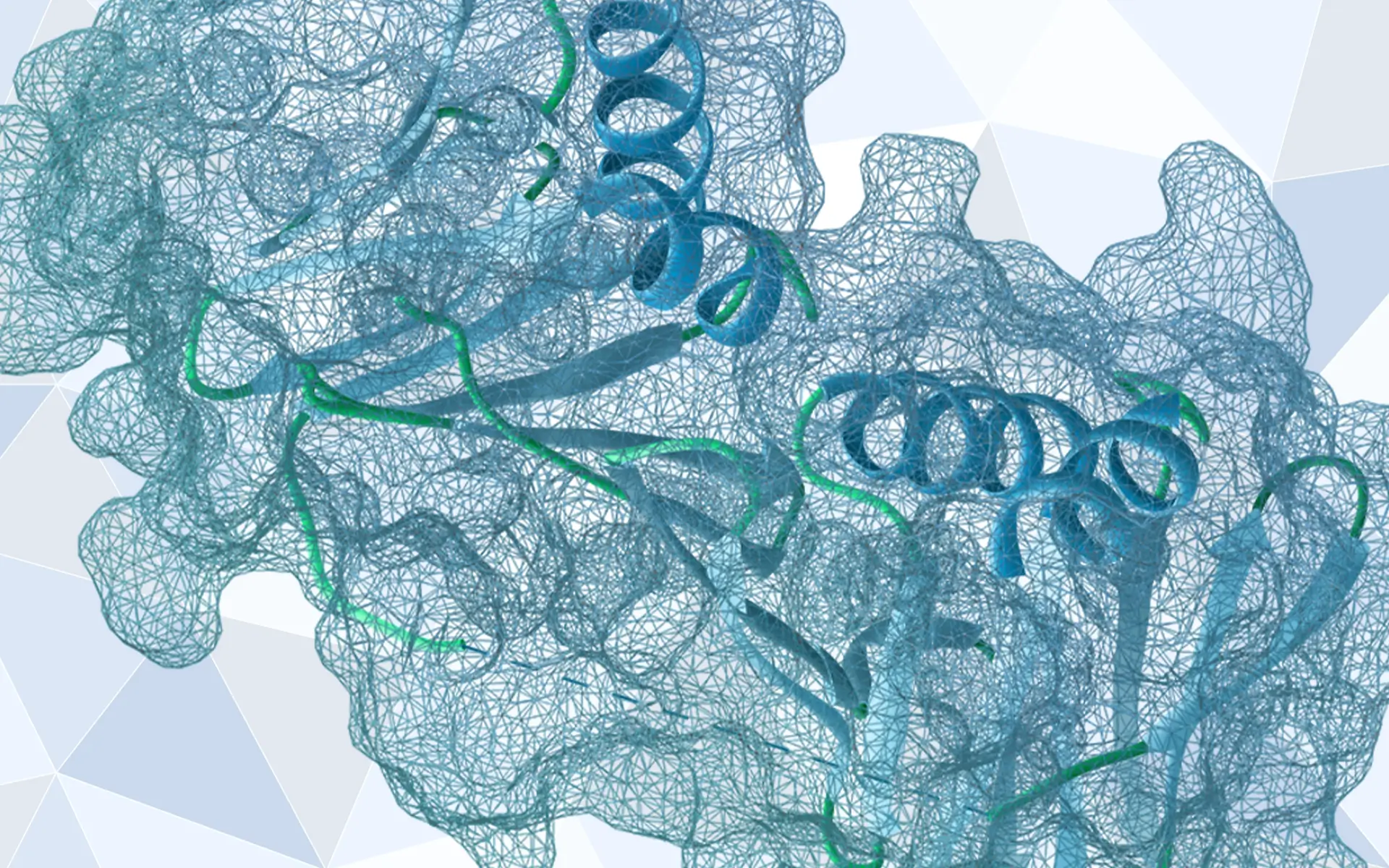AGBT 2025 Review Part 1. Roche’s SBX Sequencing: The right enzymes power new sequencing chemistry

At Active Site Partners, we were there at the beginning of Next Generation Sequencing. Over 20 years ago, Illumina (then Solexa) scientists introduced a groundbreaking sequencing method using reversible terminator chemistry and an innovative approach to amplifying DNA in clusters. At the time, it was a bold, unconventional idea—a testament to the creativity of scientists willing to push boundaries. Today, the Illumina platform has revolutionized science.
We bring the same mindset to helping you turn ambitious ideas into reality by combining our expertise with your innovation, ensuring both scientific and commercial success.
AGBT has long been a stage for unveiling cutting-edge sequencing technologies. Who remembers the moment Jonathan Rothberg’s team carried the Ion Torrent instrument down the aisles, leaving the AGBT crowd in awe? This year’s meeting delivered once again, and we’re excited to highlight some of the standout enzymes and technologies.
Like Ion Torrent before them, Roche and Stratos captivated the audience by unveiling a sequencing chemistry rooted in a once-radical idea—converting nucleotides into giant Xpandamers. As enzyme enthusiasts, we were especially impressed by the engineering behind the lesion-bypass polymerase that enables Xpandamer synthesis. This reinforces a key lesson: the right enzyme can make all the difference in powering transformative technology.
Congratulations to Mark Kokoris and his team—it’s been incredible to watch an idea take root and evolve into a commercially viable technology. Here is a link to the BioRxiv paper: https://www.biorxiv.org/content/10.1101/2025.02.19.639056v1
